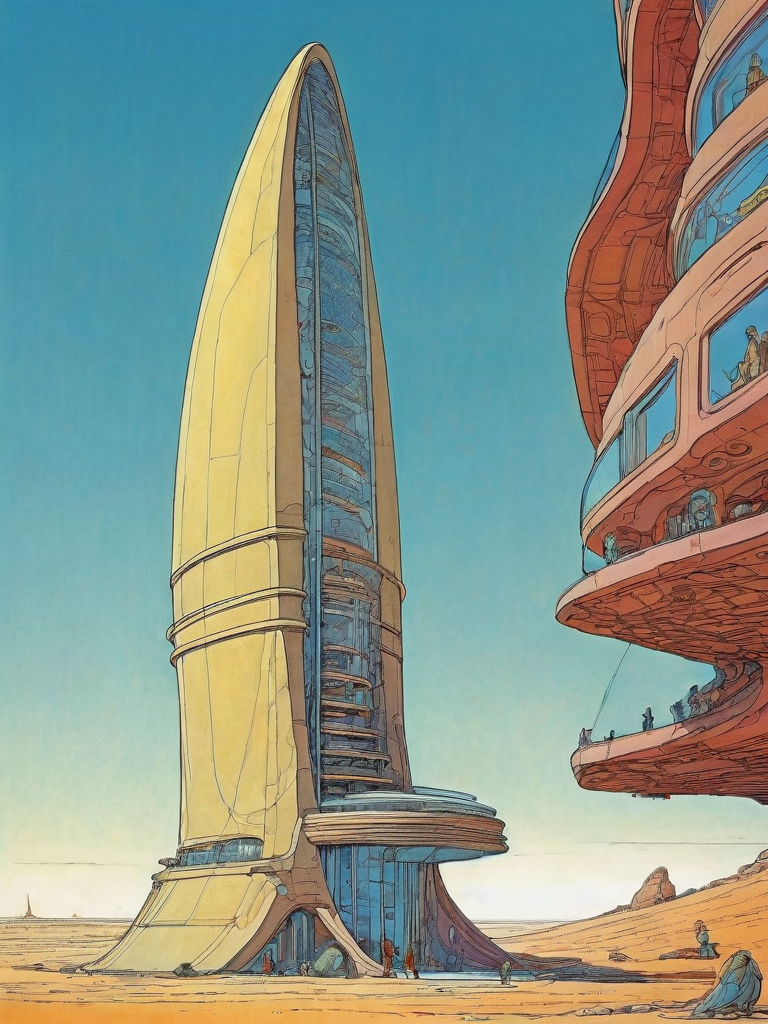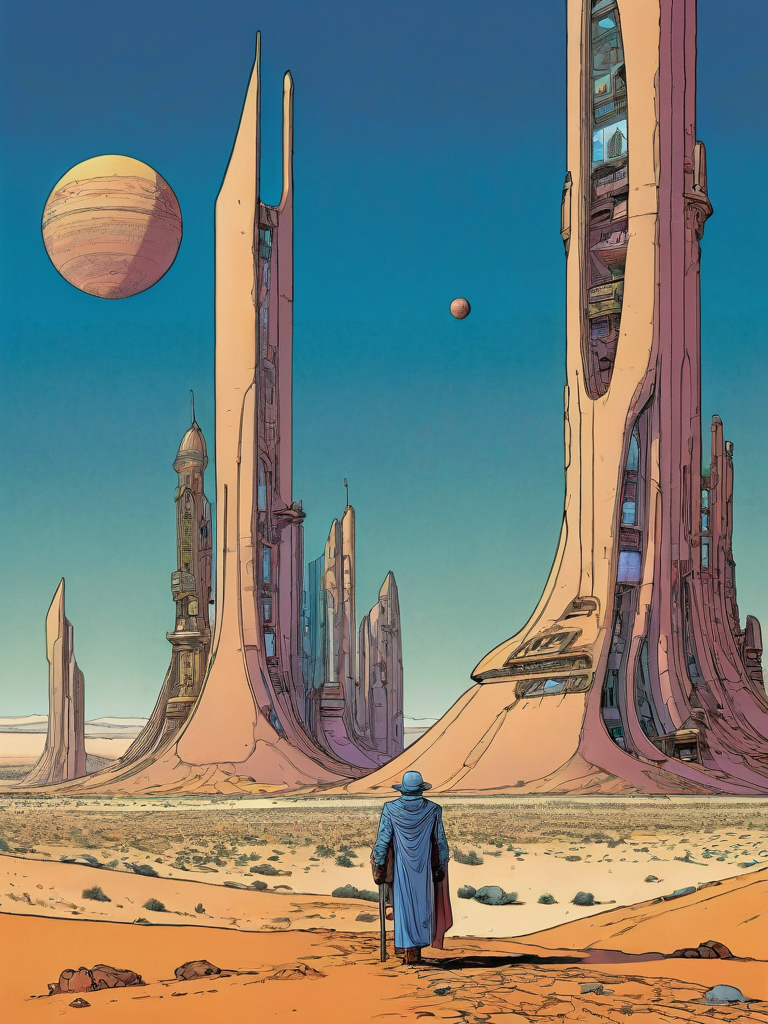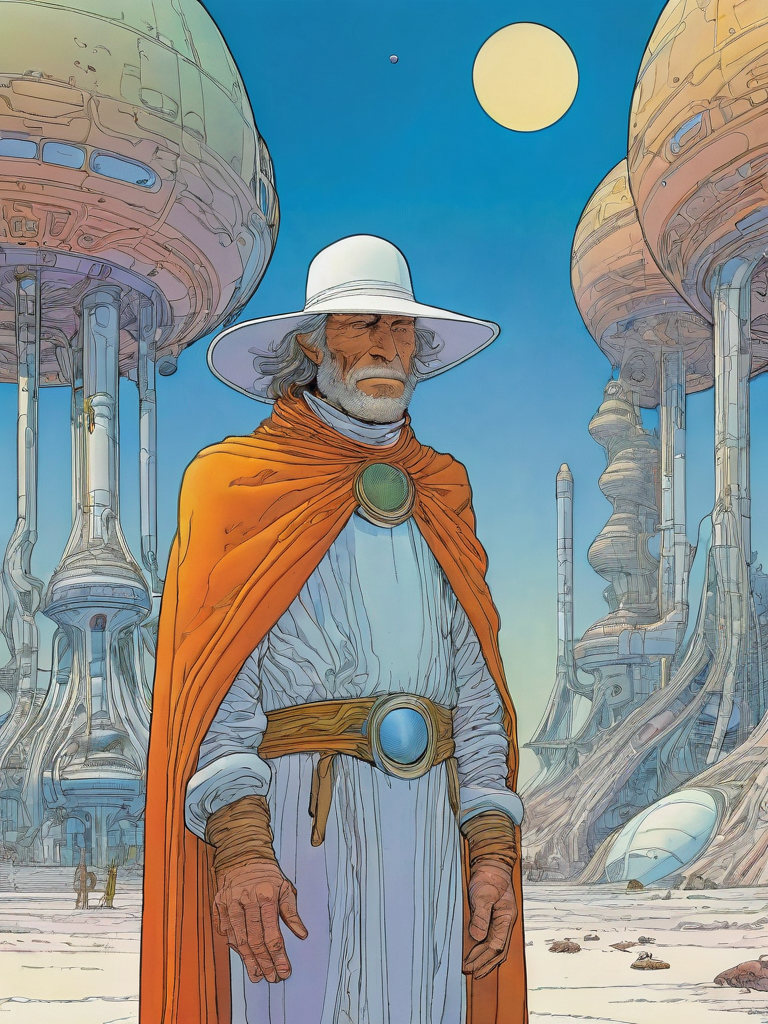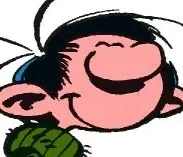The goal of this post is to discuss whenever “AI art” is good, bad, or irrelevant to graphic novels.
I have been playing around with AI image creation tools since last year. Midjourney first, then Dalle, and most recently Stable Diffusion.
All images in this post I “created” using Moebius based text prompts today. The quotation marks are intended as the only thing I have created are text prompts. Whenever the AI created these images is highly debatable. If I feed an AI model ten thousand panels of Moebius art and the AI returns one panel based on them, then who is the creator?
Feel free to discuss the legality (copyright) of this technology, who should get the royalties or the credit. Or to discuss whenever it is ethical, but what is really interesting to me is to determine if this technology is good, bad or irrelevant for us, graphic novels readers.
I know that a true connoisseur is likely to differentiate within the below images and the true work from Moebius, but for how long? We are at the verge of reaching a point where this differentiation will be impossible. Moebius passed away in 2012, so this differentiation may be possible with external tools, but what about living artists? Furthermore, what if a living artist publishes a book using AI generated art based on his own work. Is that acceptable? Should the artist disclose the AI use to the public? All that will probably come with regulation, or not, who knows.
I prefer human-made art before computer-made art, especially when it comes to graphic novels. This despite knowing that some of the artists that I follow already use CGI to a greater or lesser extent, that is fine… But AI generated art is in another level, something that I do not want to welcome with open arms. Having said that, is the same as with any other technology, like it or not, it is here to stay.
So what is your opinion on this matter?









P.S: I believe I am not breaking any community rule, but if I am then please delete this post.


They’ll be able to make a coherent comic page but what else are they bringing to the table beyond a degree of variation around a theme? They can never go “great idea, I saw this film once and wonder if something like this would work.” Then the writer takes the ball knocked back to them and adds another layer. AI can produce something that resembles this process but it can’t possibly get that spark that happens when two or more people are collaborating together as they might drag in something they heard on the bus, something random they saw while flicking channels an hour before, and on and on.
And it’s interesting that it creates art like Moebius but what about the next artist who goes off with their own innovative style?
This is a good point. At the current stage, AI can copy, but can’t innovate… I wonder if it will ever reach that point.
Is that true in real-world terms, though?
Because as is, one can spend only a tiny effort using ChatGPT and generate medium-sized works of fiction that are functionally brand-new. Yes-- I realise that they’re still ultimately based on material they’ve been fed, but the more material they’ve absorbed, I imagine the less that’s necessarily a constraint.
On top of that, is there anything preventing the prompter from doing the heavy-lifting of ‘innovation,’ creating the skeleton of the plot, while ChatGPT fleshes it all out?
Btw, Cabeza-- thanks for creating this thoughtful thread of scenarios and art. It’s nice to have discussions like these, and these issues clearly aren’t going away.
Considering how the AI technology works today, yes, I believe it is true. We can feed an AI model 100,000 images of animals and then play with it to see what “new” animals it creates… But that is no innovation for me. The technology may get there, eventually, but it is not at that point now.
Still. We can get the AI to mix multiple styles to the point that the outcome is disguised, or so loosely related to the original sources that one cannot recognize the parts, but even then, this is not what innovation is.
Agreed. If the AI operator (or handler) adds their own input then the outcome becomes, at least partially, innovation. I have already used AI text tools for my work, and modified the outcome to fit my needs and preferences. It may not be innovation, but it is also not 100% AI as I have added my own input.
That is no the case with this post and the Moebius “AI generated art” examples. Making a claim that text based prompts generating Moebius art is innovation is…well… an insult to Moebius.
In the other hand, if I was an actual artist, using AI to mix my own art with Moebius art, that is another story. One could call that innovation, with some reserves.
I am happy to collaborate with our community!